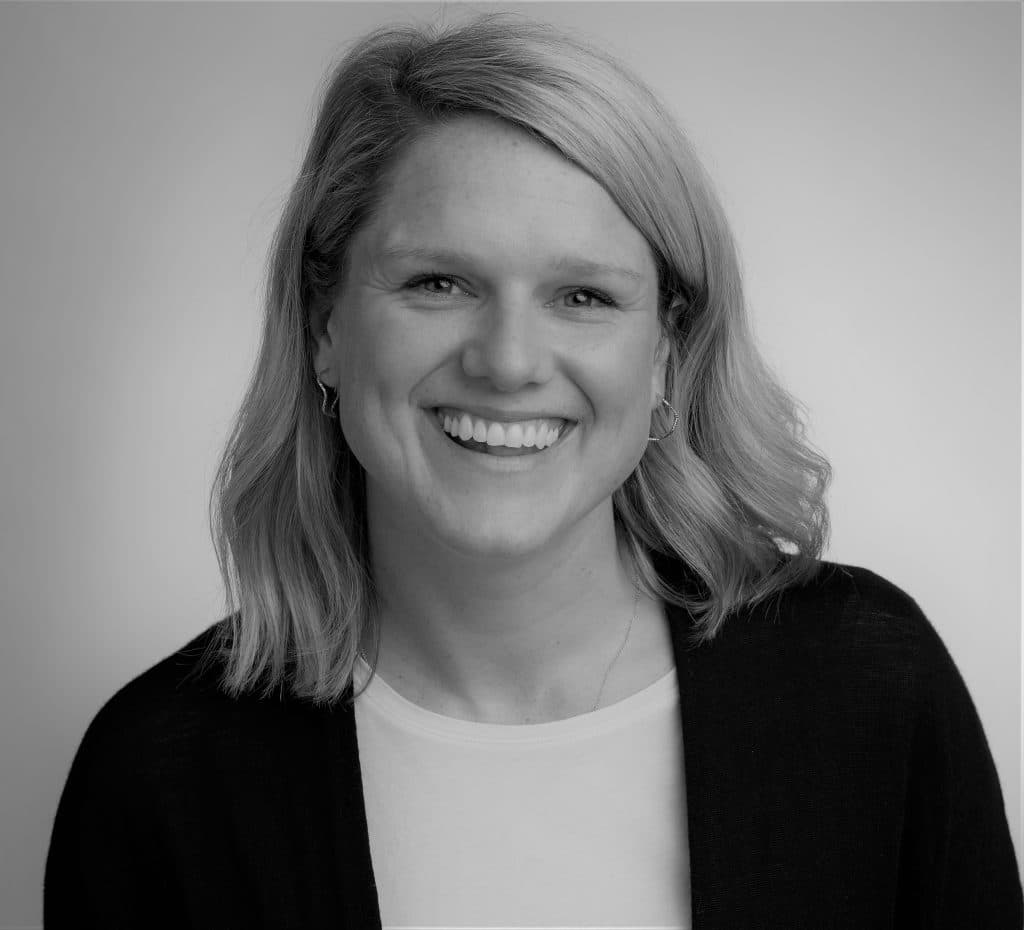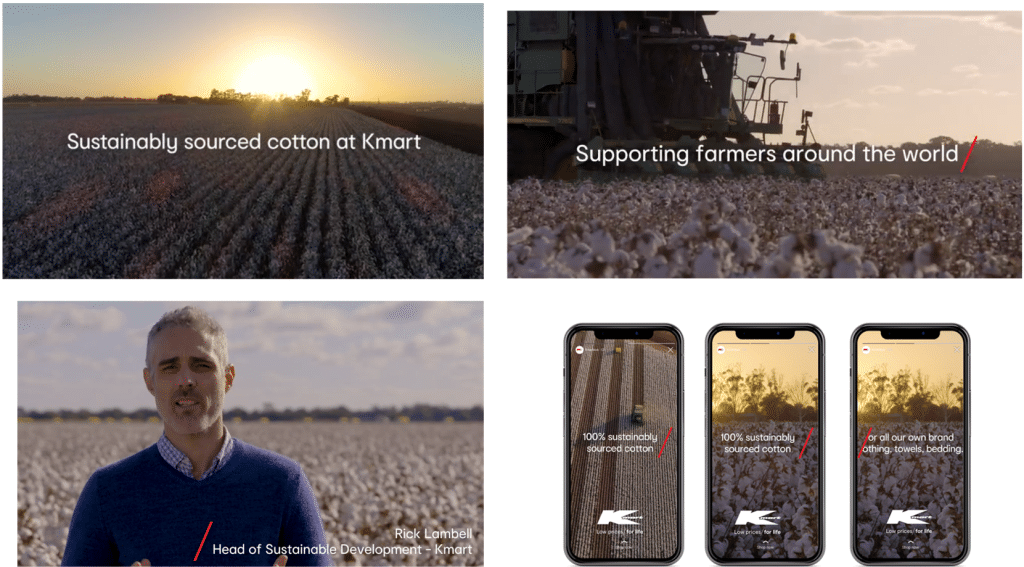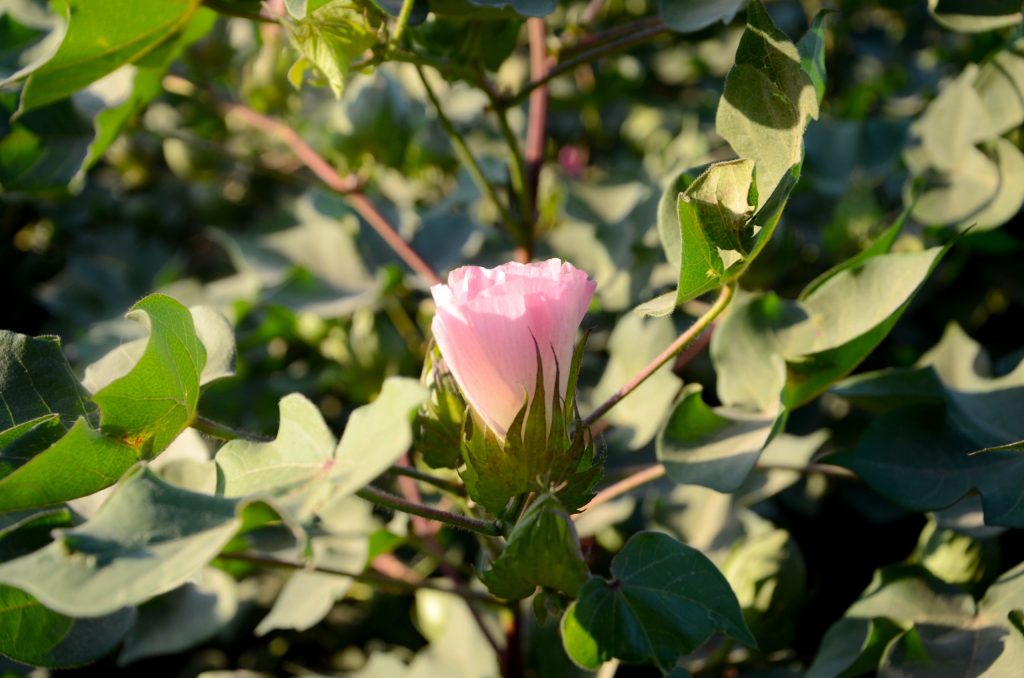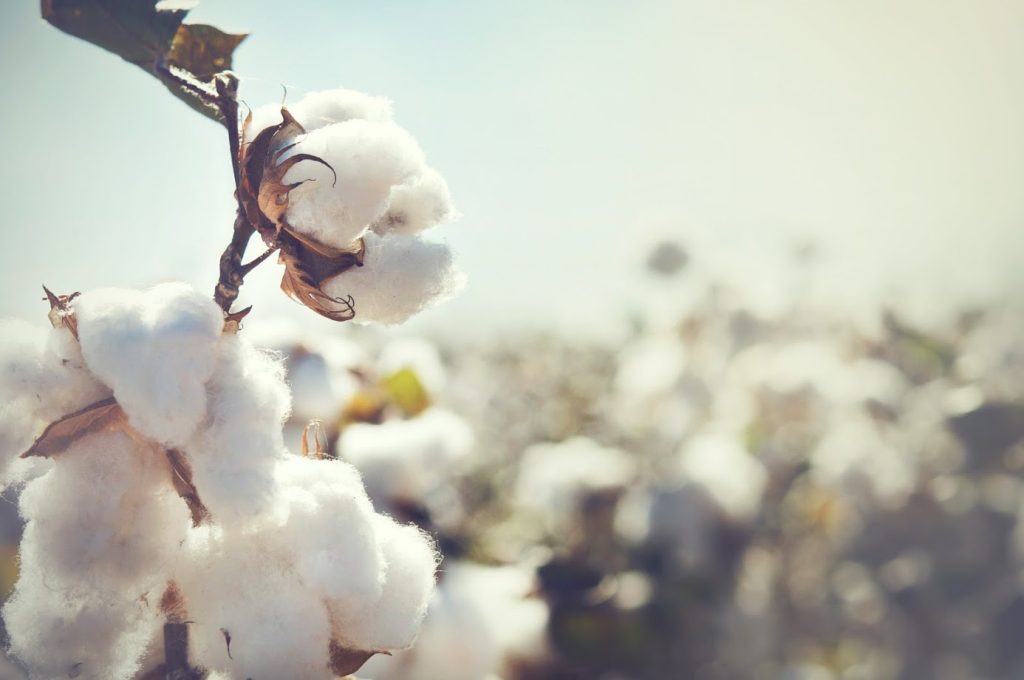- Who we are
- What we do
In just over 10 years we have become the world’s largest cotton sustainability programme. Our mission: to help cotton communities survive and thrive, while protecting and restoring the environment.
- Where we grow
Better Cotton is grown in 22 countries around the world and accounts for 22% of global cotton production. In the 2022-23 cotton season, 2.13 million licensed Better Cotton Farmers grew 5.47 million tonnes of Better Cotton.
- Our impact
- Membership
Today Better Cotton has more than 2,700 members, reflecting the breadth and diversity of the industry. Members of a global community that understands the mutual benefits of sustainable cotton farming. The moment you join, you become part of this too.
- Associate Membership
- Civil Society Membership
- Producer Organisation Membership
- Retailer and Brand Membership
- Supplier and Manufacturer Membership
- Find Members
- Member Monitoring
- Better Cotton Platform
- myBetterCotton
- Resources – Better Cotton Conference 2022
- Complaints
- Whistleblowing
- Safeguarding
- Get Involved in the Better Cotton Programme
- Thank you for contacting us
- Better Cotton’s Data Privacy Policy
- Log in
- Members’ Area
- Request for Proposals
- Better Cotton Cookie Policy
- Web Reference
- Measuring Cotton Consumption
- How to Implement the Chain of Custody Standard
- Resources – Better Cotton Conference 2023
- Certification Bodies Old
- Latest
- Sourcing
- Latest
The founding premise of Better Cotton is that a healthy sustainable future for cotton and the people that farm it is in the interests of everyone connected with it.
Let us help you find what you’re looking for
Results for {phrase} ({results_count} of {results_count_total})Displaying {results_count} results of {results_count_total}
Better Cotton brings people and businesses together across the cotton sector – to deliver a shared vision for the future of sustainable cotton. We focus primarily on supporting farmers on the ground. But it’s vital that we also drive demand for Better Cotton, in order to continue our growth and impact, firmly establishing Better Cotton as a viable commodity for farmers to grow and supporting them to improve their livelihoods.
In this blog series, we speak with three Better Cotton Retailer and Brand Members about the impressive progress they have made in their Better Cotton sourcing and how they are able to make advanced claims to their customers as a result. We’ll discuss how they communicate their Better Cotton progress with consumers in interesting and innovative ways. Third in the series is Kmart Australia. Since 2017, Kmart Australia has been a Retailer and Brand member of Better Cotton. The company operates over 200 stores across Australia and New Zealand.


Q&A with Lucy King, Sustainable Materials Manager, Kmart Australia
If you would prefer to listen to the audio of the Q&A, you can do so below.
In October 2020, Kmart – one of Australia’s largest retail brands, celebrated an important milestone with their customers since setting the ambitious goal of ‘100% more sustainably sourced cotton by July 2020’ back in 2017 as part of their Better Together sustainability program. Kmart launched it’s ‘100% sustainably sourced cotton’ brand campaign to celebrate that all of the cotton for Kmart’s own brand clothing, bedding and towels range is now sourced as Better Cotton, organic or recycled cotton. A significant amount of work was undertaken to ensure that Kmart had sufficient systems in place to measure and verify the progress made against its cotton commitment, and that all claims were credible and in line with Better Cotton’s Claims Framework and Australian Consumer Law, whilst keeping messaging simple and easy for customers to understand. Kmart had employed the use of the Better Cotton On-Product Mark, along with featuring cotton sustainability messaging in advertising, but to mark their 100% sustainably sourced cotton they developed a digital communications campaign to consumers.
Lucy, can you tell us a bit about Kmart’s cotton sourcing approach and your work with Better Cotton?
In 2017, Kmart set an ambitious commitment to source 100% of the cotton for our own brand clothing, bedding and towels ‘more sustainably’ by 2020, as part of our Better Together sustainability program. With partnerships playing a very important part of this program, we were one of the first Australian retailers to join Better Cotton and with strong leadership support, we set up a cross-functional project team to lead the rapid roll-out of Better Cotton across our global supply chain. In just three years, we managed to get all of our key cotton suppliers onboarded into the program and all of the cotton sourced for own brand clothing, bedding and towels range is now sourced as either Better Cotton, organic or recycled.
What have you learnt from when you began Kmart’s sustainability journey?
Transforming the way we work and source product as a large retailer is not easy and takes time. It involves working across multiple product categories, teams across six countries, and a global supply chain, but we’ve understood for some time that we have a responsibility to lead the way and with the right partners and level of leadership support, a clear project plan and the willingness of our teams and suppliers to do things differently, it is possible to drive meaningful impact. We still have a long way to go and the expectations from our stakeholders are only growing in this space, but we are committed to seeing this through and constantly evolving our approach to do better.
How did you arrive at your messaging for Kmart’s campaign?
Previously Kmart had done a lot of work in labelling cotton products with the Better Cotton logo and launching a TV Ad talking to our partnership with Better Cotton. This time around, as we were wanting to celebrate a significant milestone of achieving our ‘100% sustainably sourced cotton commitment’, we decided to go after an all encompassing ‘sustainably sourced cotton’ message as we felt this was a simple and easy message for the customer to grasp and it included all aspects of our sustainable cotton commitment – cotton sourced as Better Cotton (including Australian cotton), organic cotton as well as recycled cotton. Being a digital campaign comprised mostly of a video and social media assets, the messaging needed to be impactful, punchy and to the point, but the message also needed to be credible and water tight from a claims perspective. Given that the majority of our cotton has been sourced as Better Cotton and therefore via a mass balance system, we were careful to ensure that we didn’t make any claims that would mislead our customers into thinking that the products themselves physically contain sustainable cotton.


What consideration did you give to making sure that the campaign featured credible and transparent claims?
A significant amount of work has been undertaken in collaboration with our IT and sourcing teams over the years to ensure that we have sufficient systems and processes in place to measure and verify the progress made against our cotton commitment. When it came to developing the campaign messaging itself, we worked hard to find the right balance between developing bold, succinct and simple claims that are easy for customers to understand and suitable for digital assets such as video and social media content; yet ensuring that they were credible, in line with the Better Cotton Claims Framework and Australian Consumer Law. The sustainability and legal teams, as well as the Better Cotton team, were involved in every step of the process, providing guidance to our marketing team and agency along the way.
How important was it to bring the farmer voice, through Cotton Australia, into the campaign?
It was important to bring both the visuals of real-life cotton farms and the farmer voice, represented by our industry partner – Cotton Australia, into this campaign. Having their voice included in the campaign added credibility and provided a tangible illustration of what ‘sustainably sourced cotton’ means in practice. In this case, we were able to demonstrate that we are investing in and supporting the top 20% of growers in Australia who working and third-party audited to best practice farming standards.
What, in your experience, is the reception of customers to Better Cotton messaging like, and how has this evolved over time?
The campaign was received well by our customers who perceived the campaign to share new and different information, and indicated that they are hungry to learn more about what Kmart is doing in other areas of the business when it comes to sustainability. We can see through our ongoing customer research that customers awareness of Better Cotton and their recent purchases has grown over time – an indication that the Better Cotton labelling on cotton product in-store and online over the past two to three years is really starting to cut through. Our customer research also shows that a growing number of customers associate Better Cotton labelling with product that supports the future of workers in the cotton industry. This shows us that customers are starting to make the link between our investment in Better Cotton and the impact this has on the lives of cotton farmers both here in Australia and abroad.
At Kmart, we’re working to truly make everyday living brighter for our customers and so we wanted to use this campaign to reflect one of the areas we’re working on behind the scenes to protect our planet and improve the lives of cotton farmers both here in Australia and abroad, while retaining our ongoing focus on affordability and everyday low prices. It was an important moment for our brand to celebrate the impact we are making through our partnership with Better Cotton, whilst also sharing our new sustainability goals and plans for the future.
Impact Report
Learn more about how Better Cotton brings together actors across the cotton supply chain to create a more sustainable future for cotton.




